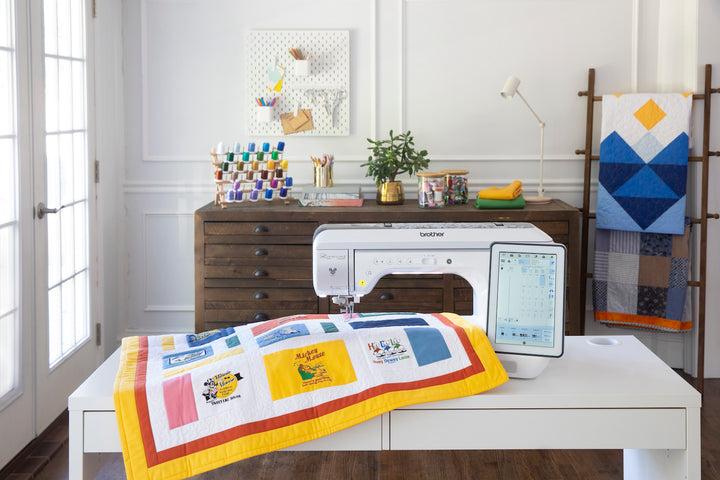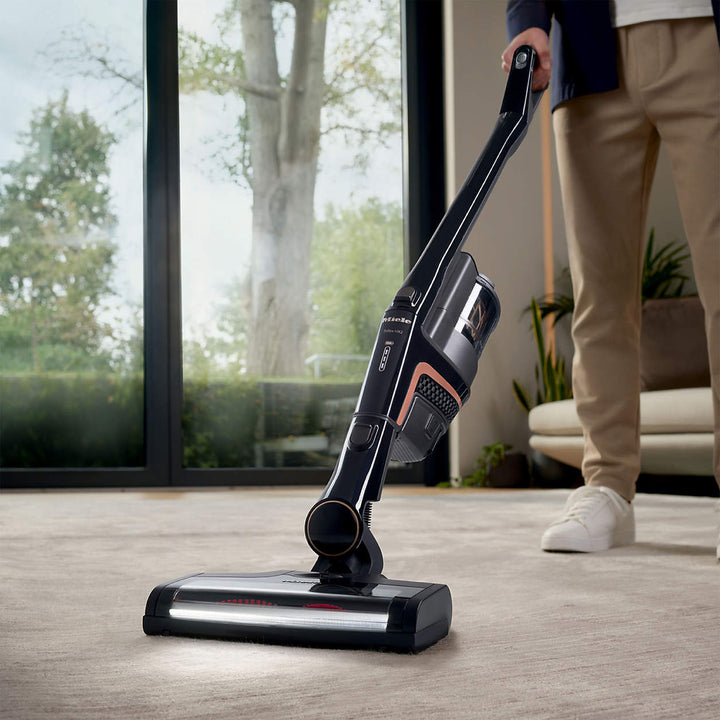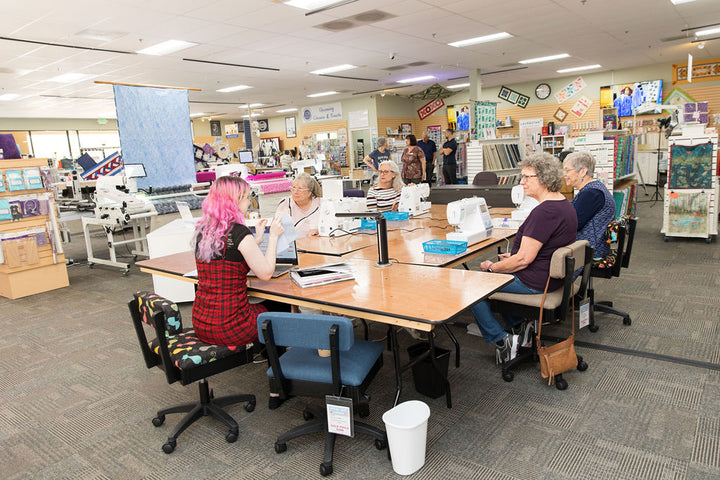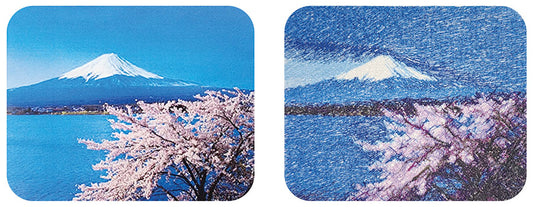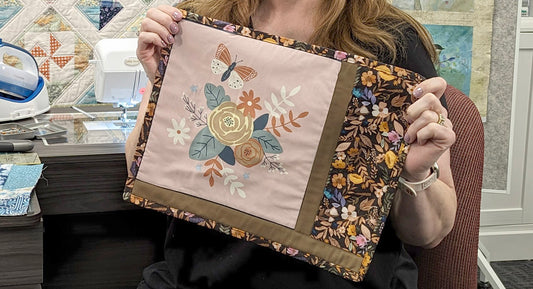I bet it is safe to say that we all have a twin needle in our sewing supplies. Here is the real question. Have you used it yet? What techniques have you tried?
Twin needles can be used for a wide variety of techniques. Here are a few of my favorite uses:
- Garment Sewing - Give the look of a double stitched hem like you find on a ready to wear t-shirt. Perfect top stitching, the back side will look like a zig zag.
- Quilting - Great way to have perfectly straight double lines on the top. Perfect top stitching, the back side will look like a zig zag.
- Decorative Stitching - Use decorative stitches to create perfect parallel motifs or a two tone effect.
- Hooped Embroidery - Twin needle designs create a beautiful shadow work effect when stitched on sheer fabric.
- Heirloom - Perfect even little pintucks.
These needles are a lot of fun to use but since they are a bit different there are a couple of things to keep in mind when using them.
First of all, they come in a variety of widths and types. The needle type refers to the kind of fabric, thread or technique that is being used. You can find twin needle types that relate to fabric such as: universal, ball point, jeans/denim or stretch. Metallic twin needles are designed to work best with metallic threads and embroidery twin needles work great with embroidery threads.
Floriani Chrome by Schmetz Twin Universal Needle Size 4.0/90 |
Floriani Chrome by Schmetz Twin Stretch Needle 4.0/75 |
Floriani Chrome by Schmetz Twin Embroidery Needle 2.0/75 |
The width is the distance between the two needles. When using a twin needle and a straight stitch it is important to use a needle narrower than your machines maximum available stitch width. For example, if the widest zigzag stitch your machine can make is 7mm then you will want to make sure to use a twin needle that is at least one or two millimeters narrower than this. Not to mention, make sure that the needle plate and foot that is on your machine also has the same open area for the needle to work properly without hitting the foot or the needle plate.
When using a zigzag or decorative stitch, activate the twin needle function on your machine if you have that or set the stitch narrow enough so that the width of the needles can be accommodated. It is always a good idea to test the stitch width and needle clearance by manually turning the hand wheel as a test before using the foot pedal and just going! Have fun stitching in parallel!
Happy Sewing,
~Reva

